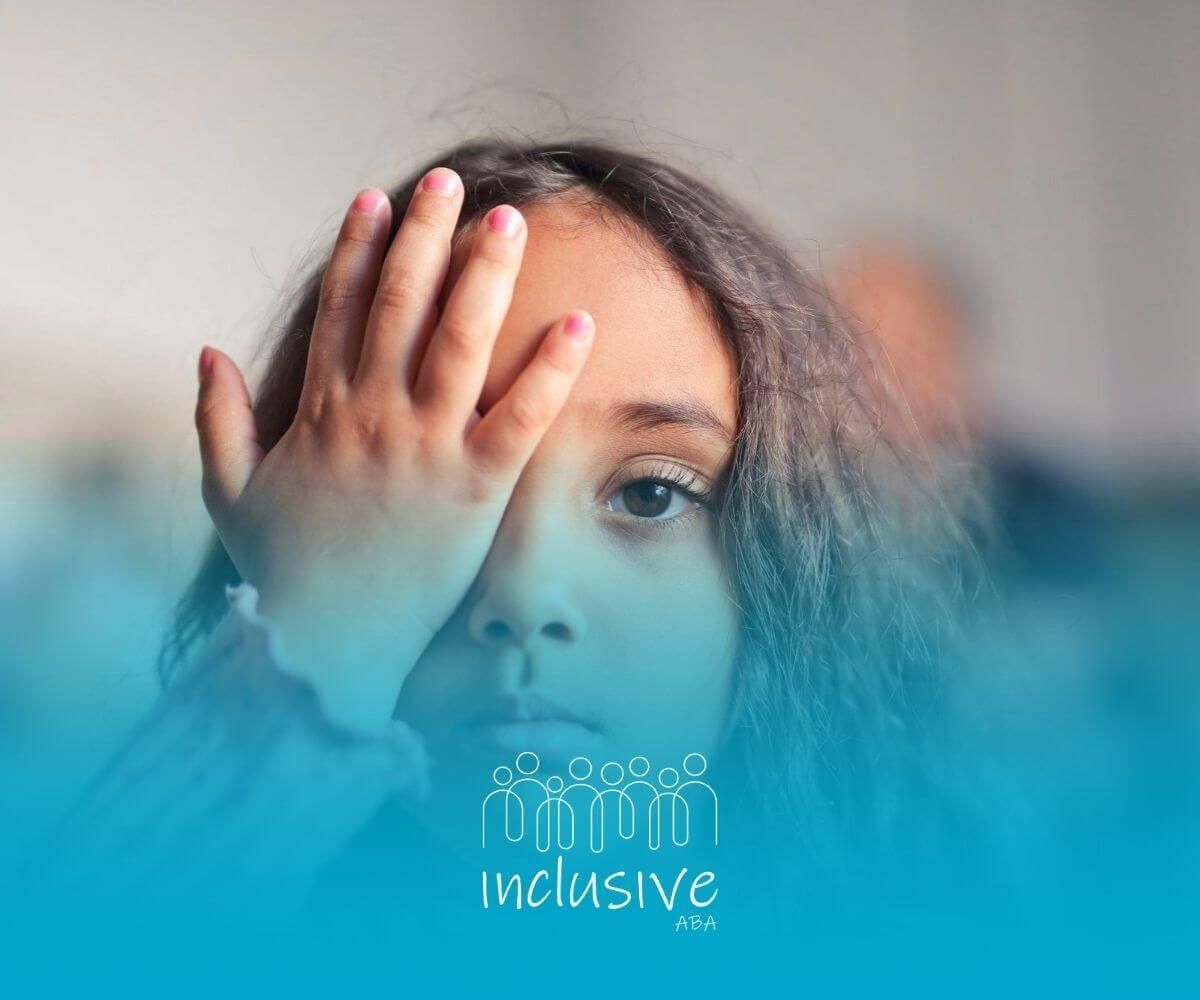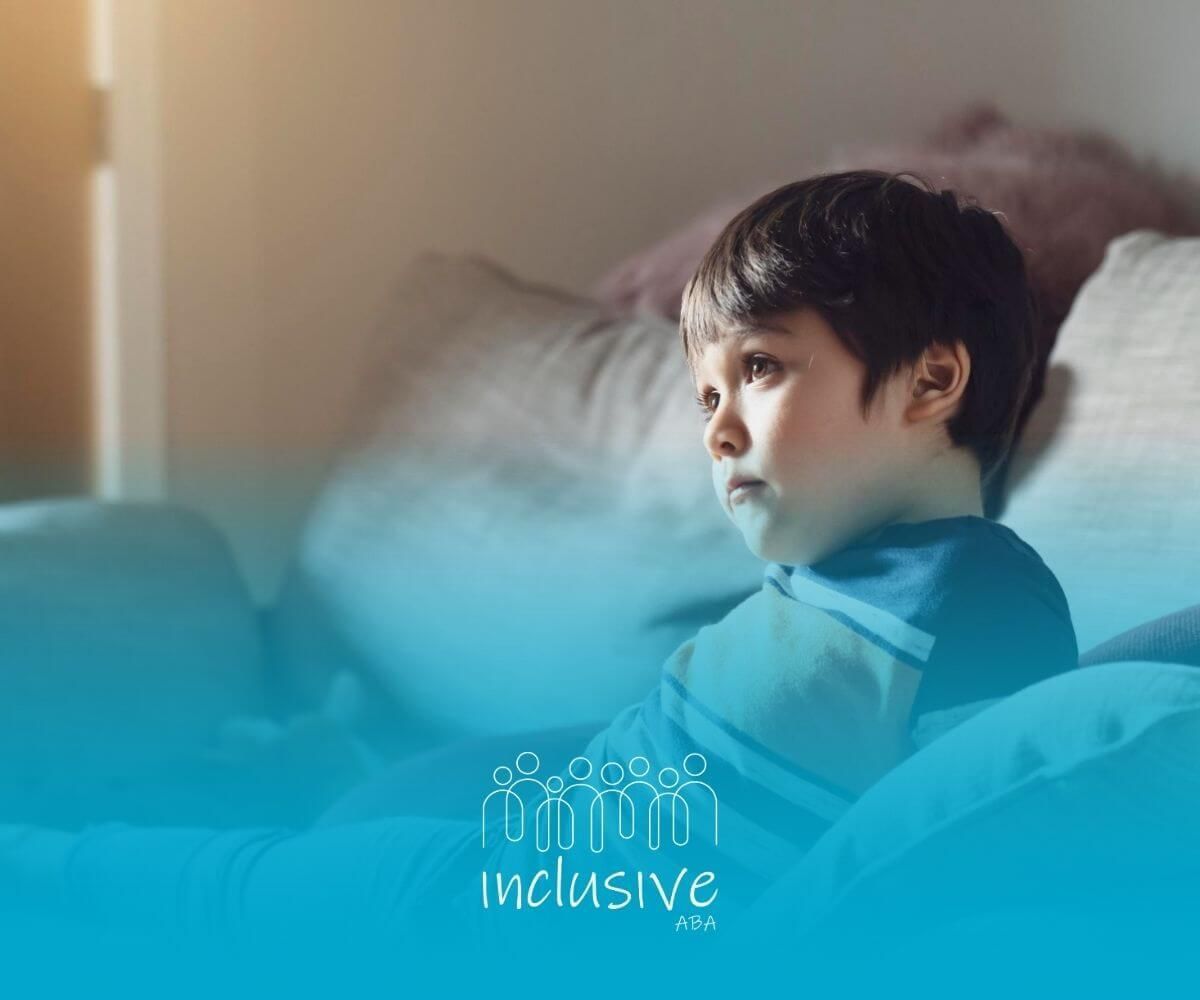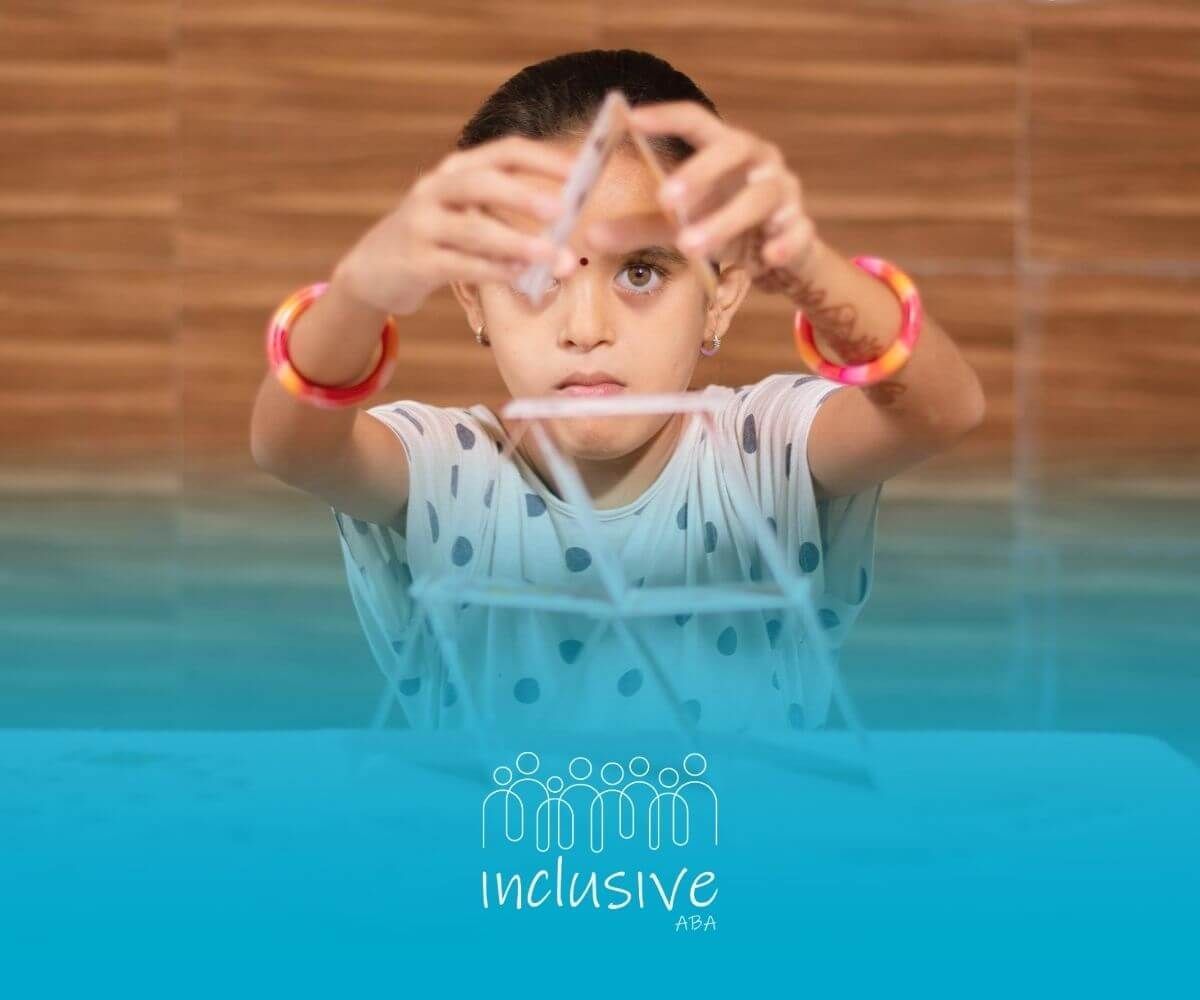Do Facial Expressions Reveal Autism?
Research shows there can be subtle facial features and expression patterns linked to autism—but they’re not diagnostic on their own. Subtle cues might include wider eyes, flatter affect, or different micro‑expression patterns. Still, social context and professional assessment always matter.
Subtle Facial Traits & Expression Patterns
Studies highlight some facial morphology differences in autistic individuals: for example, "a broader upper face, shorter middle face, wider eyes, bigger mouth, and the philtrum" has been observed.
Another large-scale study identified 48 features—like deeply set eyes and thin upper lips—showing autistic kids had, on average, about 1.3 major and 10.6 minor facial variations versus 0.3 and 5.7 in controls. One model even reached 86–95% accuracyclassifying autism using facial markers in 2022.
Yet these physical traits aren’t unique to autism—many neurotypical people share them too.
Expression & Micro‑Expression Differences
More telling are expression and gaze patterns. According to psychology professor Elizabeth Torres at Rutgers, “their intensity often falls outside the culturally familiar range,” meaning expressions may come across as unusually mild or intense.
Autistic individuals often show a limited expression range, flat affect, or mismatches between feeling and facial cues—like smiling at odd times. They may also focus on specific facial parts (mouth or nose) rather than the whole face when trying to understand emotion.
Think of it this way: a face is like a landscape. Autistic faces might have the same landmarks—eyes, mouth, brows—but the “map” of how those features express emotion can differ in intensity, timing, or gaze‑focus.
Add to that the “double empathy problem”— where neurotypical folks may simply misread autistic expressions. It’s less about deficits and more about different communicative styles.
Bottom line: Facial cues alone don’t define autism—but subtle structural traits, expression styles, gaze habits, and micro‑expressions, viewed in context, can offer supportive clues.
If you’re looking for trusted ABA services across Nevada, Nebraska, Colorado, Utah, Iowa, and Ohio, reach out to Inclusive ABA.
Our compassionate approach combines research‑informed strategies with respect for your child’s unique ways of engaging with the world.
Looking for Expert Help? We're Here for You!
Our compassionate and skilled team is devoted to enhancing your child's development through customized ABA therapy. Let us partner with you to create a supportive environment for your child's success.
Discover how we can help your family thrive with expert ABA therapy.
Related Posts







